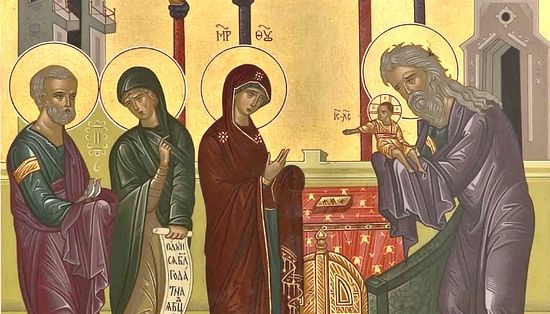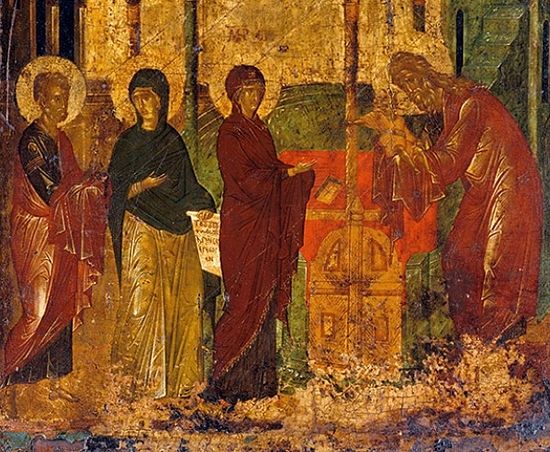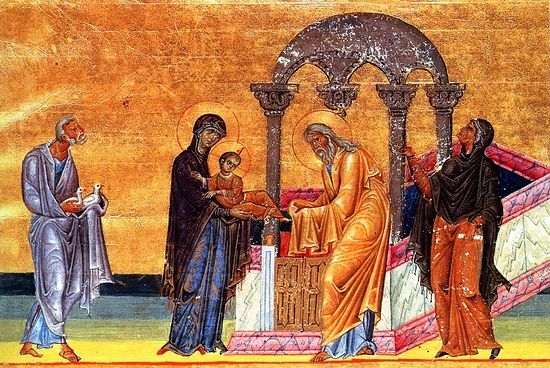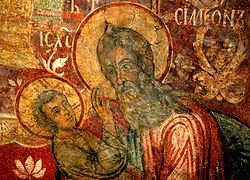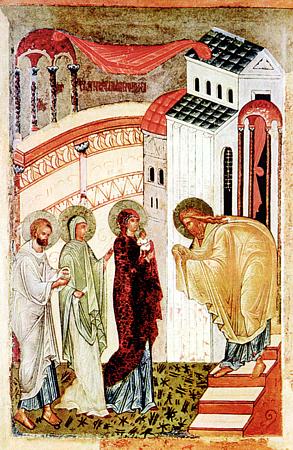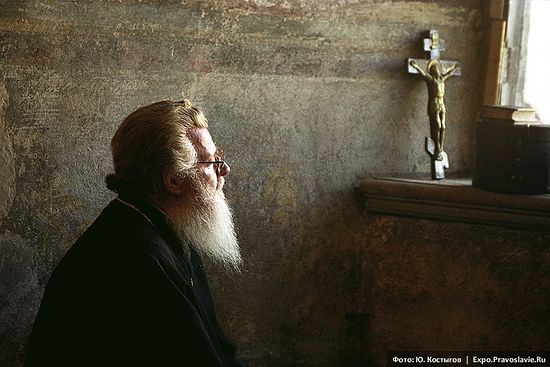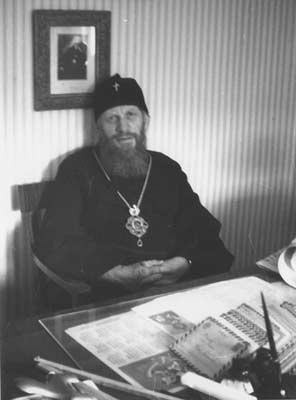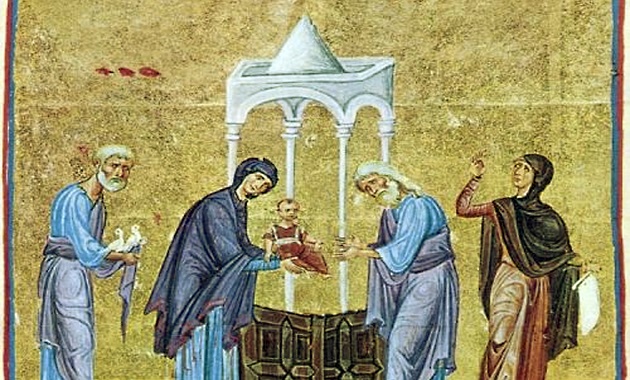February 2nd marks the celebration of one of the twelve Great Feasts of the Orthodox Church year: The Presentation (or Meeting) of Christ in the Temple.
This is a feast that recalls the Gospel story of the infant Christ being presented to the elder Simeon in the temple (Luke 2:25-32), a man of great age. The Nunc dimittis or Song of Simeon is a recorded response as this old, frail servant of the Lord beholds the incarnate Lord of Glory for the very first time. In this moment, he knew his life was complete; he had fulfilled his purpose.

